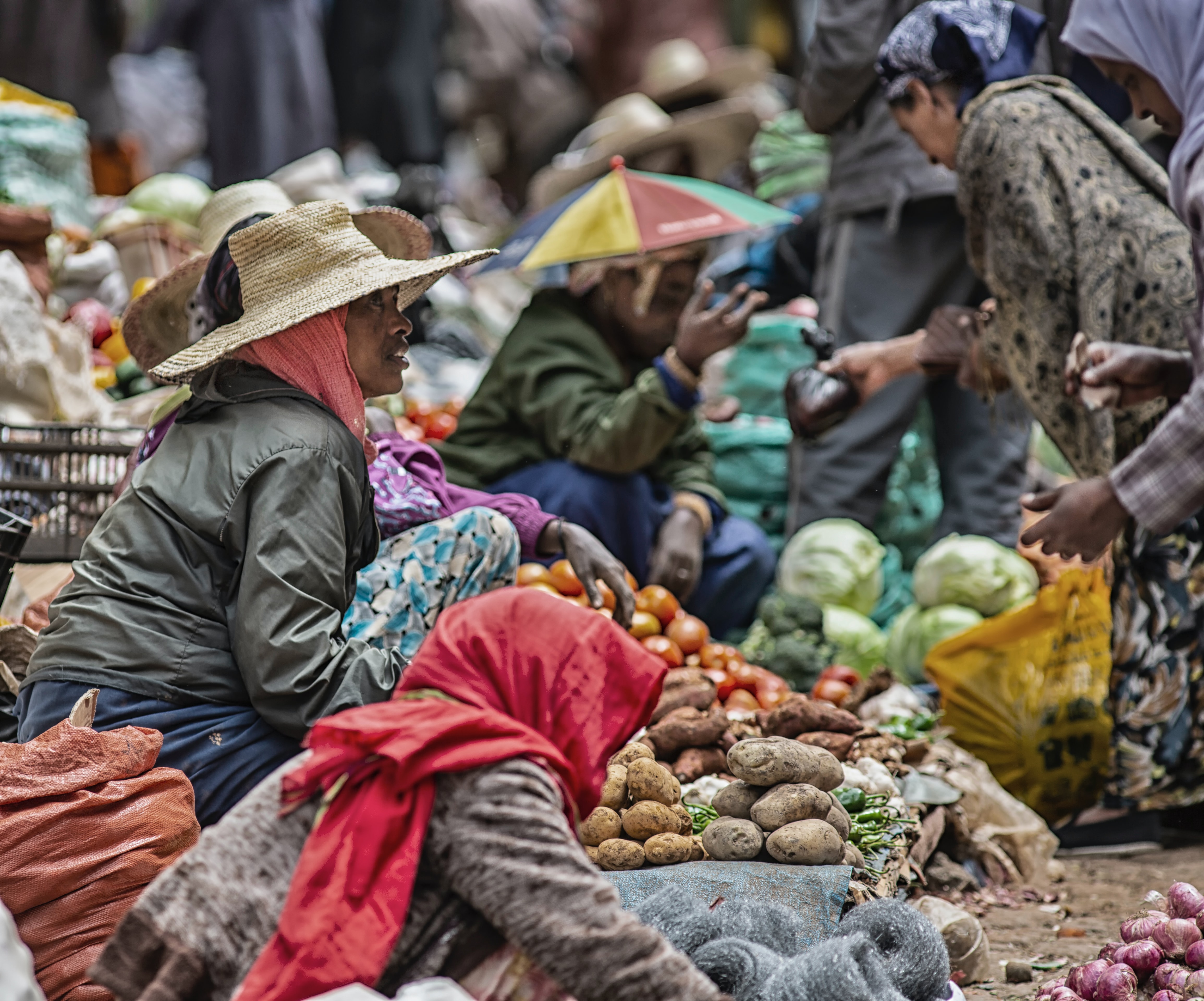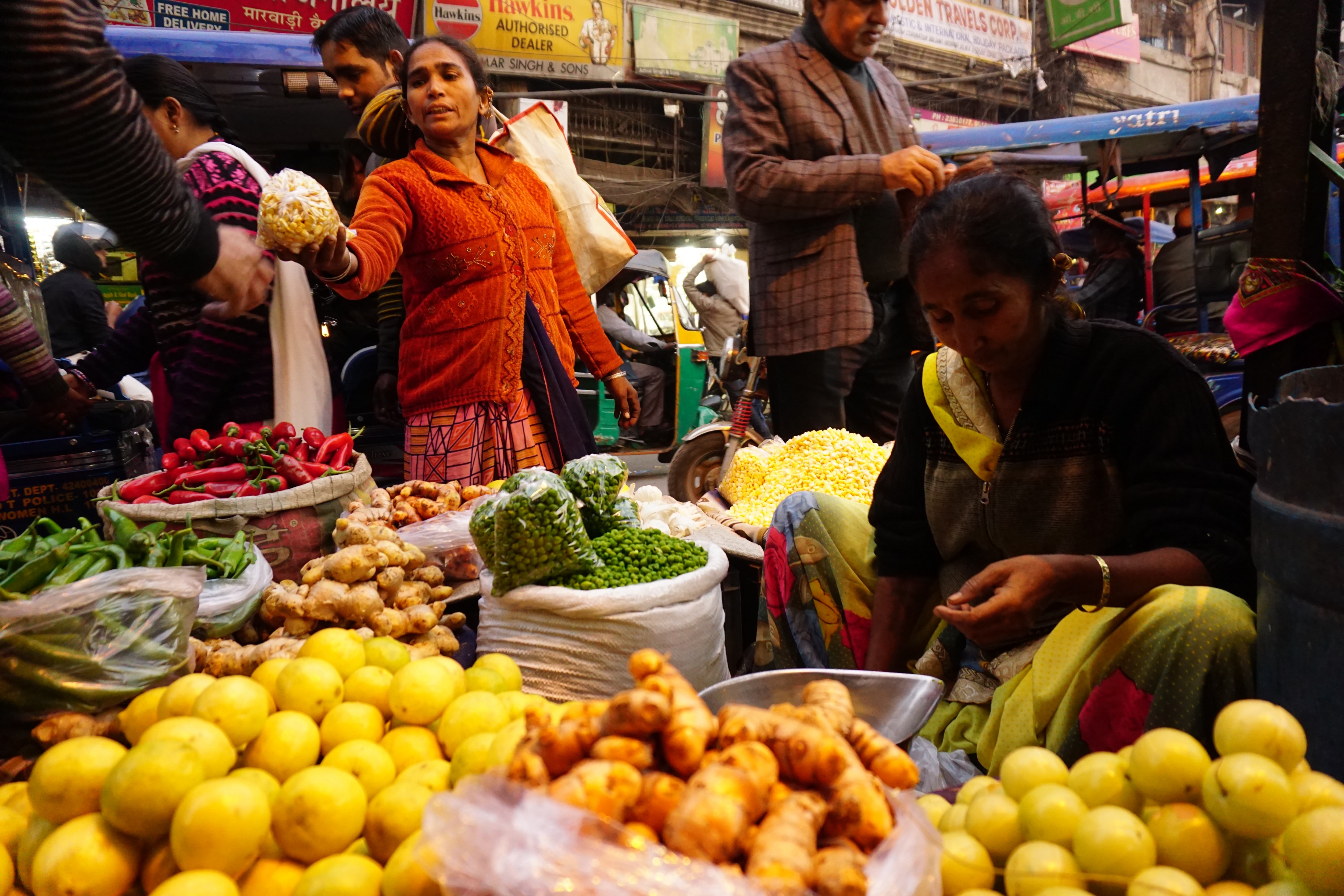‘Digital payments are a tool for financial inclusion’
Sabrine Bair and Hakan Ozyilmaz both arrived at TSE in 2021 to join the Financial Inclusion Through Interoperability Initiative (FIT IN Initiative) covering broad topics such as development economics, industrial organization, finance and public policy. They conduct research on competition, governance and welfare in the context of digital financial services in developing countries, with a special focus on interoperability of digital payment systems. The FIT IN Initiative receives support from the Bill & Melinda Gates Foundation’s Financial Services for the Poor program.
Why did you join TSE and the FIT IN Initiative?
 HO: I was seeking an environment where I could work on an economic problem that creates a sense of urgency, alongside people that I could emulate. The FIT IN Initiative provided me the opportunity to conduct research to help improve financial inclusion in developing countries and join an exceptional group of economists. I’m very lucky to be here.
HO: I was seeking an environment where I could work on an economic problem that creates a sense of urgency, alongside people that I could emulate. The FIT IN Initiative provided me the opportunity to conduct research to help improve financial inclusion in developing countries and join an exceptional group of economists. I’m very lucky to be here.
SB: TSE is internationally renowned for its diversity of research in economics, allowing researchers to approach topics from many angles. This is also the case with the FIT IN Initiative. Being part of the initiative offers continuity with my thesis since my research is in development economics and behavioral economics. I use modern applied econometric methods to identify the potential of information and communication technologies (ICTs) in developing countries to alleviate living conditions and empower households in rural areas through information dissemination, rent redistribution, and financial inclusion.
What are the challenges for research on financial inclusion in developing countries?
 HO: Digital financial services (DFS) have completely changed how we make payments, borrow and save. This has catalyzed very exciting research on market outcomes, consumer welfare, and the role of government in this greater financial ecosystem where non-bank firms co-exist with traditional banks. However, there has been much less academic attention devoted to the potential of DFS as a tool for financial inclusion in developing countries, which is perhaps a more fundamental proposition given that traditional financial institutions do not operate in areas where establishing a bank branch or ATM network generates unsustainable costs. The FIT IN Initiative investigates this proposition from a very specific perspective: how does technological platforms’ ability to interconnect (interoperability) affect competition, governance, and consumer welfare?
HO: Digital financial services (DFS) have completely changed how we make payments, borrow and save. This has catalyzed very exciting research on market outcomes, consumer welfare, and the role of government in this greater financial ecosystem where non-bank firms co-exist with traditional banks. However, there has been much less academic attention devoted to the potential of DFS as a tool for financial inclusion in developing countries, which is perhaps a more fundamental proposition given that traditional financial institutions do not operate in areas where establishing a bank branch or ATM network generates unsustainable costs. The FIT IN Initiative investigates this proposition from a very specific perspective: how does technological platforms’ ability to interconnect (interoperability) affect competition, governance, and consumer welfare?
DFS have drastically reduced the cost of providing and accessing financial services in developing countries, which often lack strong banking systems and have made significant progress towards financial inclusion using mobile money. However, in most contexts, mobile money services are developed as closed-loop systems in which users of different platforms cannot transfer money to one another.
SB: The project investigates competition, governance, and consumer welfare of interoperability in digital payments systems in developing countries through a combination of descriptive, theoretical, and empirical research drawing on expertise in industrial organization, digital finance, technology adoption, development economics, mechanism design, and public policy. The situation of DFS in developing countries is quite divergent in terms of adoption, interoperability, and regulation. For example, Kenya has an adult penetration rate of 96% for mobile money but only promotes bilateral interoperability agreements; while Jordan implemented a national switch in 2016 but is struggling to expand its adoption.
The FIT IN Initiative is developed at the crossroads between TSE’s Digital Center, Sustainable Finance Center and Infrastructure & Network Center. What are the challenges and opportunities of bringing together researchers from such diverse fields?
HO: It is extremely stimulating for everyone involved to have an ongoing multi-armed discussion on the mobile money ecosystem. Perhaps the biggest challenge is that when we focus on an issue from the perspective of one domain of expertise, we cannot assume away the intricacies regarding other domains of expertise. We strive to take this as an opportunity to distill the key aspects of the issues that we investigate. Although Sabrine and I have different backgrounds, we both focus on consumer welfare and are heavily influenced by behavioral economics. These similarities create a good synergy in our discussions. Our experiences as economists running field and lab experiments are also complementary. Sabrine has first-hand experience of how people perceive the benefits and costs of ICTs in Africa. Whereas I am interested in breaking down these benefits and costs into distinct pieces grounded in psychology and economics, and how we would create decision environments where choices can reveal something about these mechanisms.
SB: The diversity of the research fields is a source of richness in addressing the issues from different angles and opening the debate and confronting the approaches and results. Our different backgrounds enrich our discussions and visions on projects.
The FIT IN Initiative has an impressive network of academic affiliates with direct experience in the Global South. How does this enhance new research?
HO: The affiliate network is a great opportunity for us to avoid creating an echo chamber. Although our expertise and experiences are diverse, there are still bounds to the degree of diversity in opinions and hypotheses that we develop. Since we want to constructively influence the design and regulation of DFS in the Global South, having regular communication with affiliates from the region is immensely valuable.
SB: The diversity of research fields and the affiliation of researchers with direct experience in the Global South can stimulate new research collaborations and therefore new research on common issues through frequent meetings and workshops.
Regular workshops are organized by the initiative, inviting practitioners from diverse institutions, agencies, and companies such as CEMLA, Orange, World Bank, CENFRI, JOPACC, Boston Consulting Group, BFA Global, BBVA. What are the benefits of these interactions?
HO: While academic research on the use of DFS as a tool for financial inclusion is very limited, practitioners have devoted much attention and effort on the issue and share a great amount of information through policy reports and country deep dives. We heavily rely on this as a starting point for our research. Interactions with practitioners allow us to fine-tune our understanding and fill in the gaps in our knowledge before embarking on our own journey.
SB: These workshops are a key moment to learn about the experience of the digitization of finance and financial inclusion, the status of projects for the various actors, and to get to know the prospects, obstacles, and to confront approaches. It is an opportunity for academic researchers to analyze the situation, to provide scientific support, and to produce policy-relevant studies to advise stakeholders.
How might your current research benefit those who suffer from financial exclusion?
 HO: Sabrine and I are currently working on a project to understand why financial exclusion might persist even after having fully interoperable payment systems. The project aims to investigate the persistence of financial exclusion from both the demand and the supply side of DFS. We think that this project will be particularly insightful for countries who struggle with low financial inclusion rates after implementing platform-level interoperability.
HO: Sabrine and I are currently working on a project to understand why financial exclusion might persist even after having fully interoperable payment systems. The project aims to investigate the persistence of financial exclusion from both the demand and the supply side of DFS. We think that this project will be particularly insightful for countries who struggle with low financial inclusion rates after implementing platform-level interoperability.
SB: We found a high rate of financial illiteracy that affects financial inclusion even in countries where financial services are fully interoperable. I think this project will help us to understand the real needs of the population, and to understand the reasons for the very low adoption of these services.
Interview published in TSE Reflect, April 2022
© Unsplash
